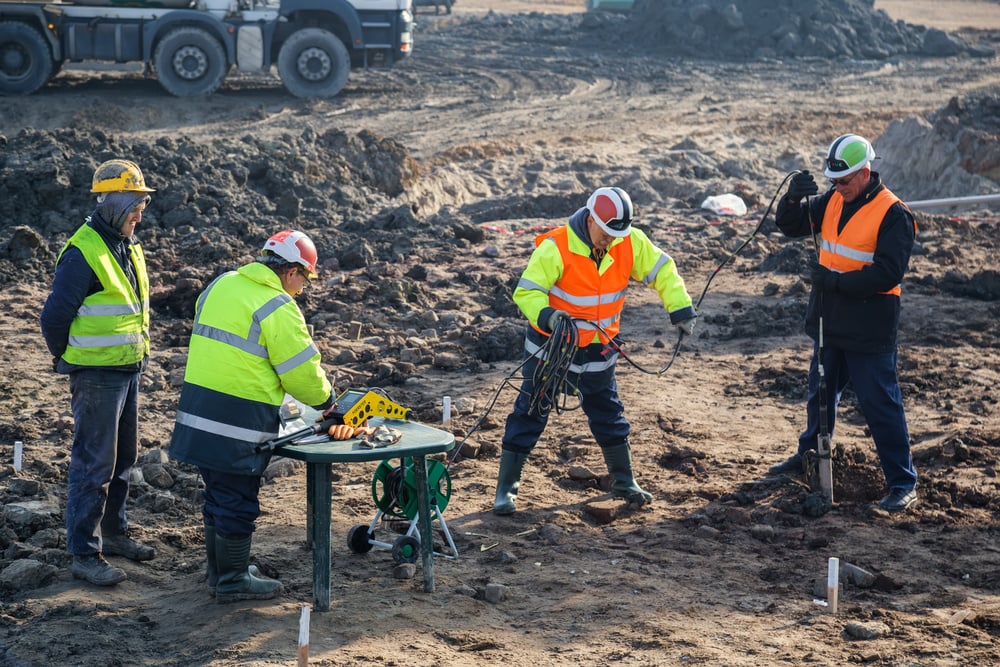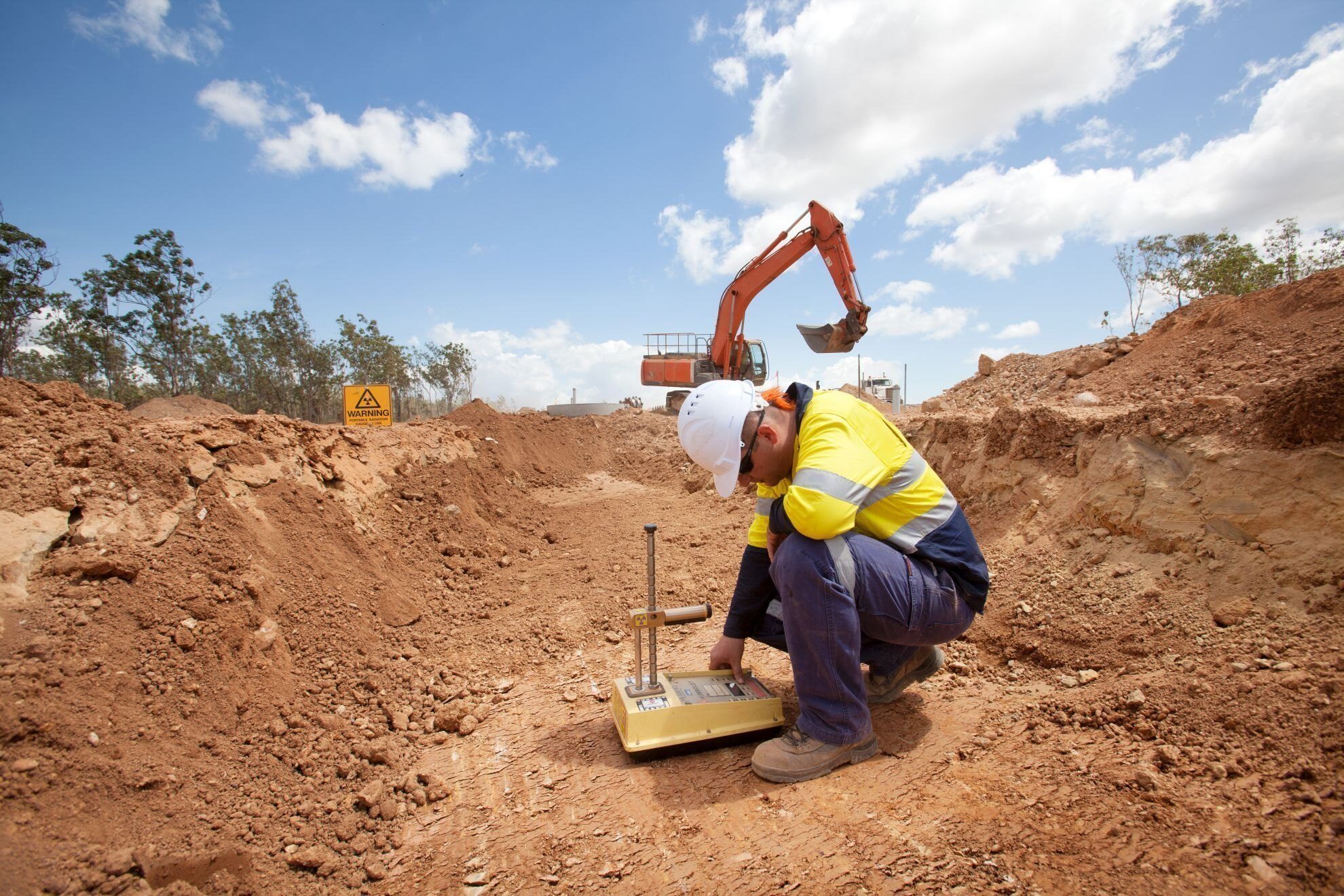The Definitive Guide to Geotechnical Engineering For Construction Projects
Examine This Report on Geotechnical Engineering For Construction Projects
Table of ContentsAll About Geotechnical Engineering For Construction ProjectsExcitement About Geotechnical Engineering For Construction ProjectsThe 3-Minute Rule for Geotechnical Engineering For Construction ProjectsHow Geotechnical Engineering For Construction Projects can Save You Time, Stress, and Money.The Only Guide to Geotechnical Engineering For Construction ProjectsGeotechnical Engineering For Construction Projects for Dummies
These features have to be taken a look at by geotechnical engineers to anticipate their activities under different situations., making this analysis required., in addition to exactly how they communicate with buildings that have been erected on or within them, is one of the key explanations for why geotechnical engineering is crucial.
Ecological defense is completed through geotechnical engineering. Know-how in air, water, and dirt quality maintenance is placed to use by geotechnical designers to minimize the unfavorable results of tasks.
To sum up, geotechnical design is a vital self-control that maintains the strength and integrity of civil facilities. Geotechnical engineers contribute to making structure tasks reliable all over the world by recognizing the behaviour of planet products and applying appropriate planning techniques.
The 8-Second Trick For Geotechnical Engineering For Construction Projects
By examining dirt, rock, and subsurface problems, geotechnical engineers give crucial understandings that assist in the layout, building and construction, and maintenance of structures and framework.

Geotechnical Engineering For Construction Projects Fundamentals Explained
Research laboratory testing: Identifying the buildings of soil and rock. Field testing: Carrying out examinations on-site to evaluate conditions. Evaluation and design: Using data to develop foundations, preserving wall surfaces, passages, and other frameworks. Several high-profile building and construction projects have actually successfully used geotechnical engineering to ensure their security and safety. For instance:: The world's tallest building called for a deep understanding of the underlying geology.

As a leader in geotechnical design, BECC Inc. is committed to delivering cutting-edge and reliable options that fulfill the highest possible criteria of quality and security., a mechanical engineer and geologist.
More About Geotechnical Engineering For Construction Projects
Terzaghi likewise established the framework for concepts of bearing capability of structures, and the theory for prediction of the rate of settlement of clay layers as a result of debt consolidation. Later on, Maurice Biot completely developed the three-dimensional dirt combination concept, extending the one-dimensional design previously created by Terzaghi to much more basic hypotheses and presenting the set of standard equations of Poroelasticity.
Geotechnical engineers explore and determine the properties of subsurface conditions and products.
Geotechnical Engineering For Construction Projects Fundamentals Explained
Geologic mapping and interpretation of geomorphology are usually completed in consultation with a rock hound or engineering rock hound. Subsurface expedition normally entails in-situ screening (for example, the standard penetration examination and cone penetration examination). The digging of test pits and trenching (especially for finding faults and click here to read slide planes) might additionally be used to find out about soil conditions at deepness. Still, they are sometimes used to permit a rock hound or engineer to be decreased right into the borehole for straight visual and hand-operated examination of the dirt and rock my latest blog post stratigraphy. Numerous dirt samplers exist to fulfill the demands of different engineering jobs. The common infiltration test, which makes use of a thick-walled split spoon sampler, is the most usual method to collect disrupted examples.

If the user interface in between the mass and the base of a slope has a complicated geometry, incline stability analysis is difficult and numerical solution approaches are required. Generally, the interface's specific geometry is unidentified, and a simplified user interface geometry is presumed. Limited slopes need three-dimensional models to be evaluated, so most slopes are examined assuming that they are considerably large and can be stood for by two-dimensional designs.
9 Easy Facts About Geotechnical Engineering For Construction Projects Explained
Creating the style based on a functioning theory of behavior expected under the most likely problems. Option of quantities to be observed as building and construction profits and determining their prepared for worths based on the functioning hypothesis under the most negative problems.
Dimension of site here amounts and assessment of actual problems. It is inappropriate for tasks whose design can not be altered throughout construction.